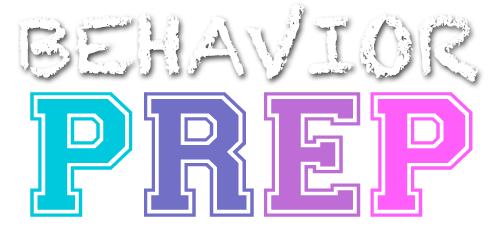G.13 Design and evaluate trial-based and free-operant procedures
Designing and evaluating trial-based and free-operant procedures involves creating and assessing methods to measure and change behavior in two different contexts. Trial-based procedures involve discrete opportunities (trials) for a behavior to occur, usually with clear instructions and consequences for each trial. Free-operant procedures allow the individual to engage in the target behavior freely without strict trial limits, offering continuous opportunities for the behavior to occur.
Trial-Based Procedure
Definition: In a trial-based procedure, the behavior analyst presents a clear, structured opportunity for the individual to respond, followed by a consequence. Each trial is separate and distinct.
Example: A BCBA teaches a child to identify shapes using a discrete trial teaching (DTT) approach. In each trial, the BCBA presents two shapes (e.g., a circle and a triangle) and asks the child to point to the circle. The BCBA records whether the child’s response is correct or incorrect and provides reinforcement for correct responses. The session consists of multiple structured trials.
Evaluation: The BCBA tracks the percentage of correct responses across trials and evaluates the child’s progress. If accuracy improves, the procedure will work as intended. If not, the BCBA may adjust the prompts or reinforcement strategy.
Free-Operant Procedure
Definition: In a free-operant procedure, individuals can engage in the target behavior freely and at their own pace, without distinct trials. This allows for continuous opportunities to observe and reinforce behavior.
Example: A BCBA is assessing a child’s preference for different toys in a free-operant preference assessment. The child is given access to several toys, and the BCBA records how long the child interacts with each toy. The child is free to play with any toy at any time without specific instructions or structured trials.
Evaluation: The BCBA evaluates the child’s behavior by measuring the duration of play with each toy. Based on this data, the BCBA identifies the child’s most preferred toys and uses this information to inform future interventions.
